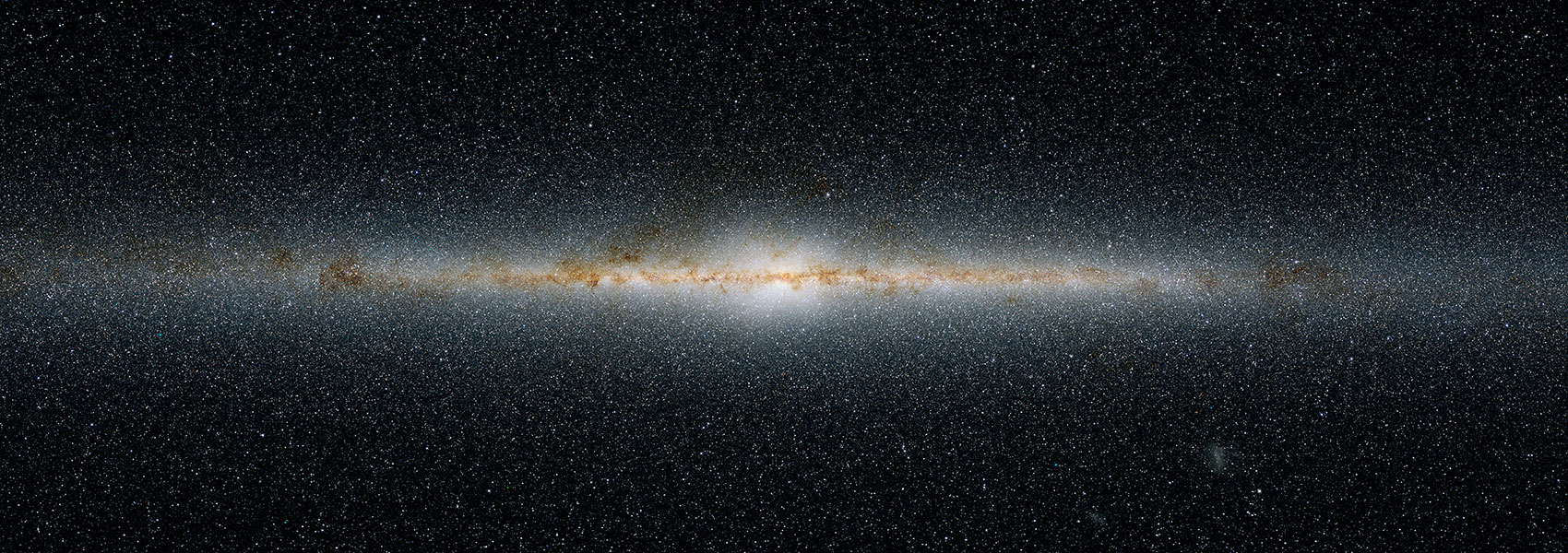October
2009
•
2009PASP..121.1120C
Authors
•
Colavita, M. M.
•
Serabyn, E.
•
Millan-Gabet, R.
•
Koresko, C. D.
•
Akeson, R. L.
•
Booth, A. J.
•
Mennesson, B. P.
•
Ragland, S. D.
•
Appleby, E. C.
•
Berkey, B. C.
•
Cooper, A.
•
Crawford, S. L.
•
Creech-Eakman, M. J.
•
Dahl, W.
•
Felizardo, C.
•
Garcia-Gathright, J. I.
•
Gathright, J. T.
•
Herstein, J. S.
•
Hovland, E. E.
•
Hrynevych, M. A.
•
Ligon, E. R.
•
Medeiros, D. W.
•
Moore, J. D.
•
Morrison, D.
•
Paine, C. G.
•
Palmer, D. L.
•
Panteleeva, T.
•
Smith, B.
•
Swain, M. R.
•
Smythe, R. F.
•
Summers, K. R.
•
Tsubota, K.
•
Tyau, C.
•
Vasisht, G.
•
Wetherell, E.
•
Wizinowich, P. L.
•
Woillez, J. M.
Abstract
•
We describe the Keck Interferometer nuller theory of operation, data reduction, and on-sky performance, particularly as it applies to the nuller exozodiacal dust key science program that was carried out between 2008 February and 2009 January. We review the nuller implementation, including the detailed phasor processing involved in implementing the null-peak mode used for science data and the sequencing used for science observing. We then describe the Level 1 reduction to convert the instrument telemetry streams to raw null leakages, and the Level 2 reduction to provide calibrated null leakages. The Level 1 reduction uses conservative, primarily linear processing, implemented consistently for science and calibrator stars. The Level 2 processing is more flexible, and uses diameters for the calibrator stars measured contemporaneously with the interferometer’s K-band cophasing system in order to provide the requisite accuracy. Using the key science data set of 462 total scans, we assess the instrument performance for sensitivity and systematic error. At 2.0 Jy we achieve a photometrically-limited null leakage uncertainty of 0.25% rms per 10 minutes of integration time in our broadband channel. From analysis of the Level 2 reductions, we estimate a systematic noise floor for bright stars of ∼0.2% rms null leakage uncertainty per observing cluster in the broadband channel. A similar analysis is performed for the narrowband channels. We also provide additional information needed for science reduction, including details on the instrument beam pattern and the basic astrophysical response of the system, and references to the data reduction and modeling tools.
Links




